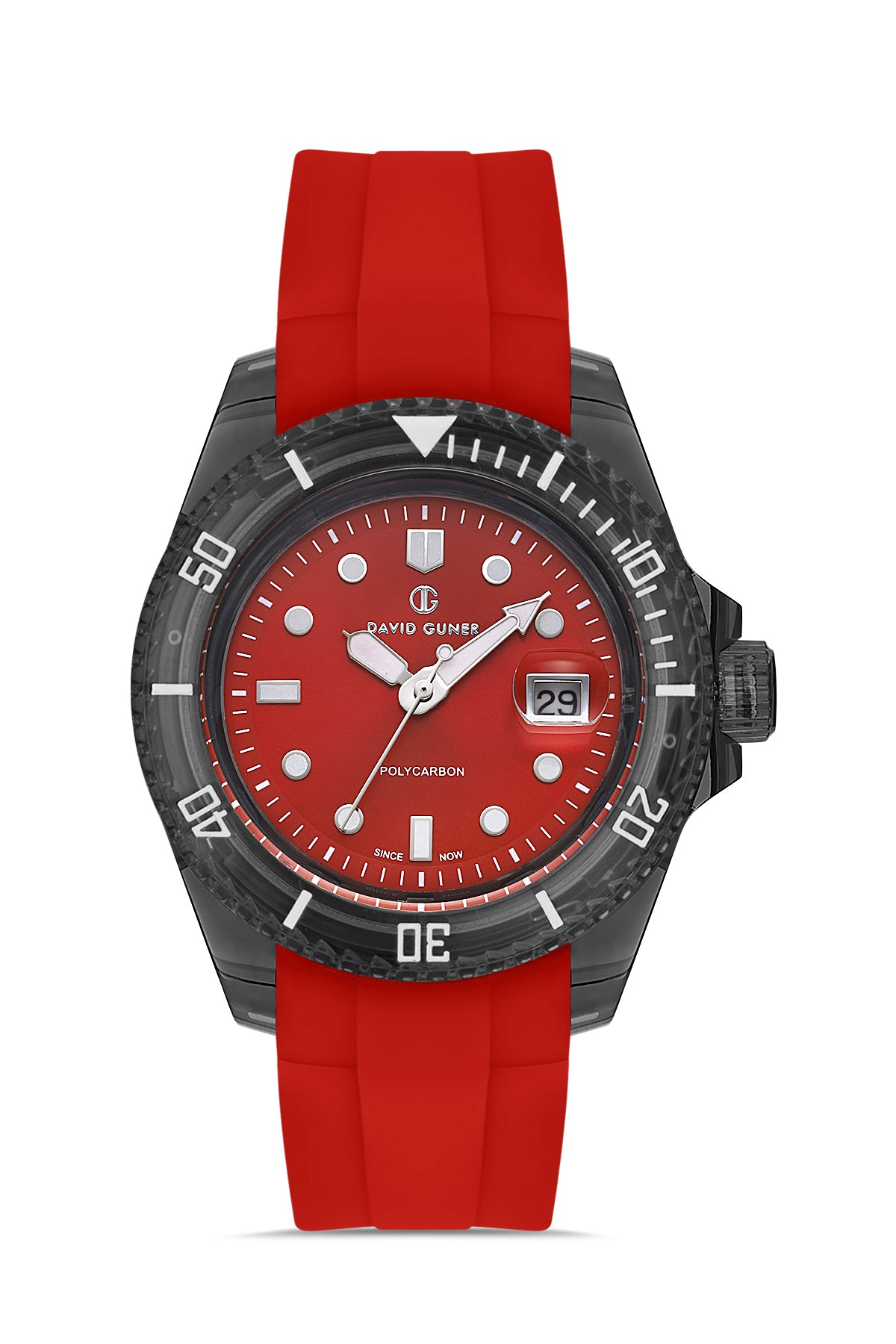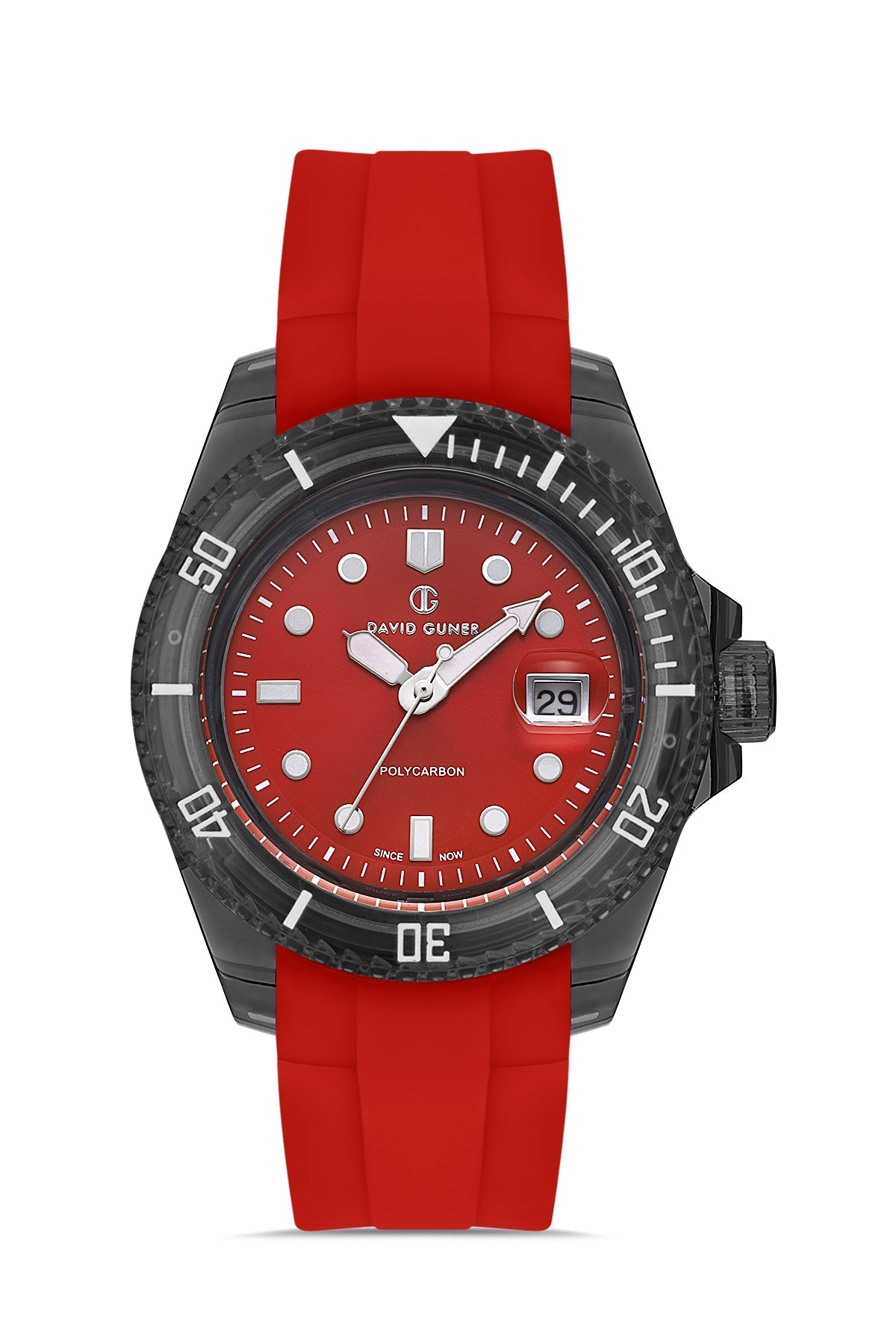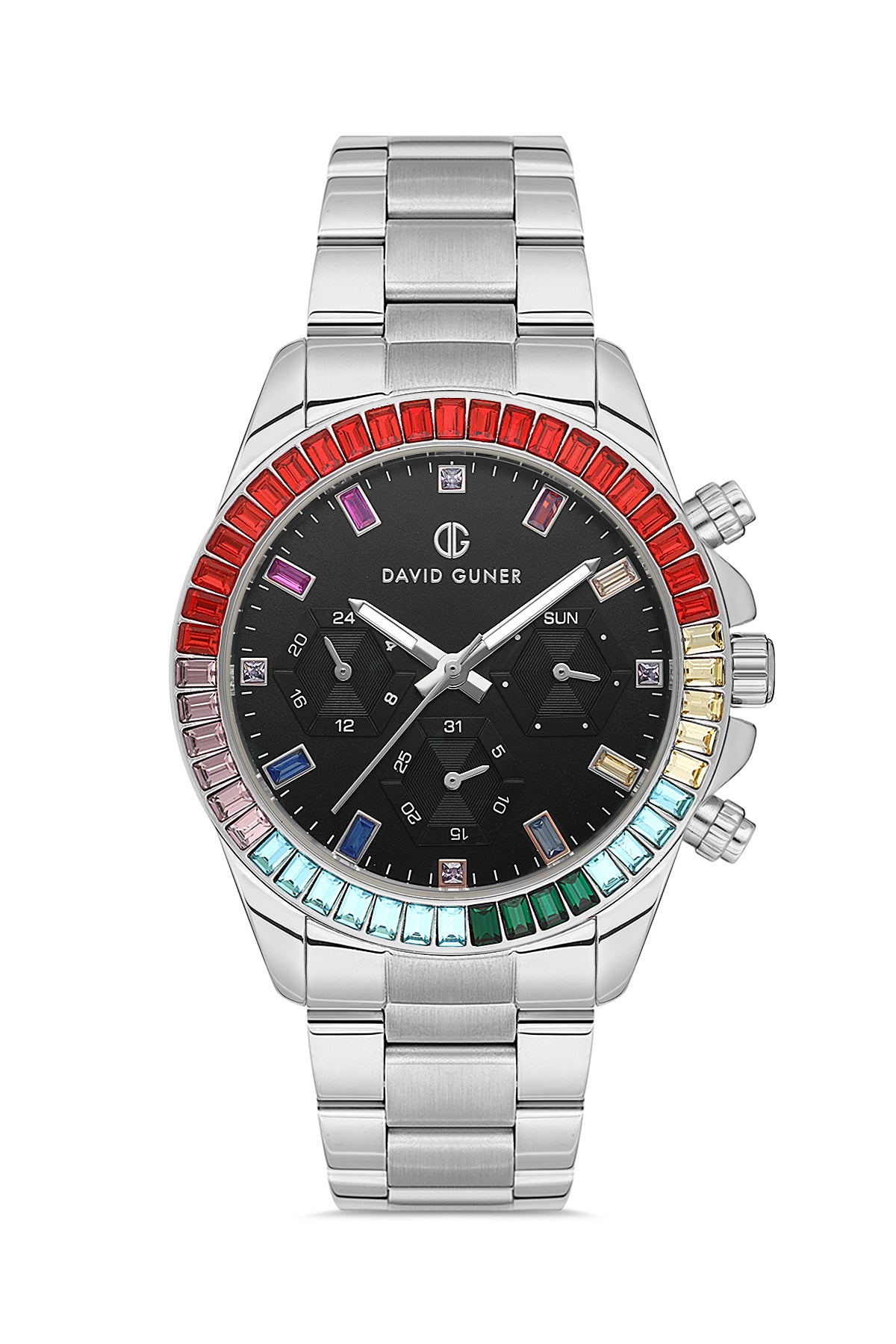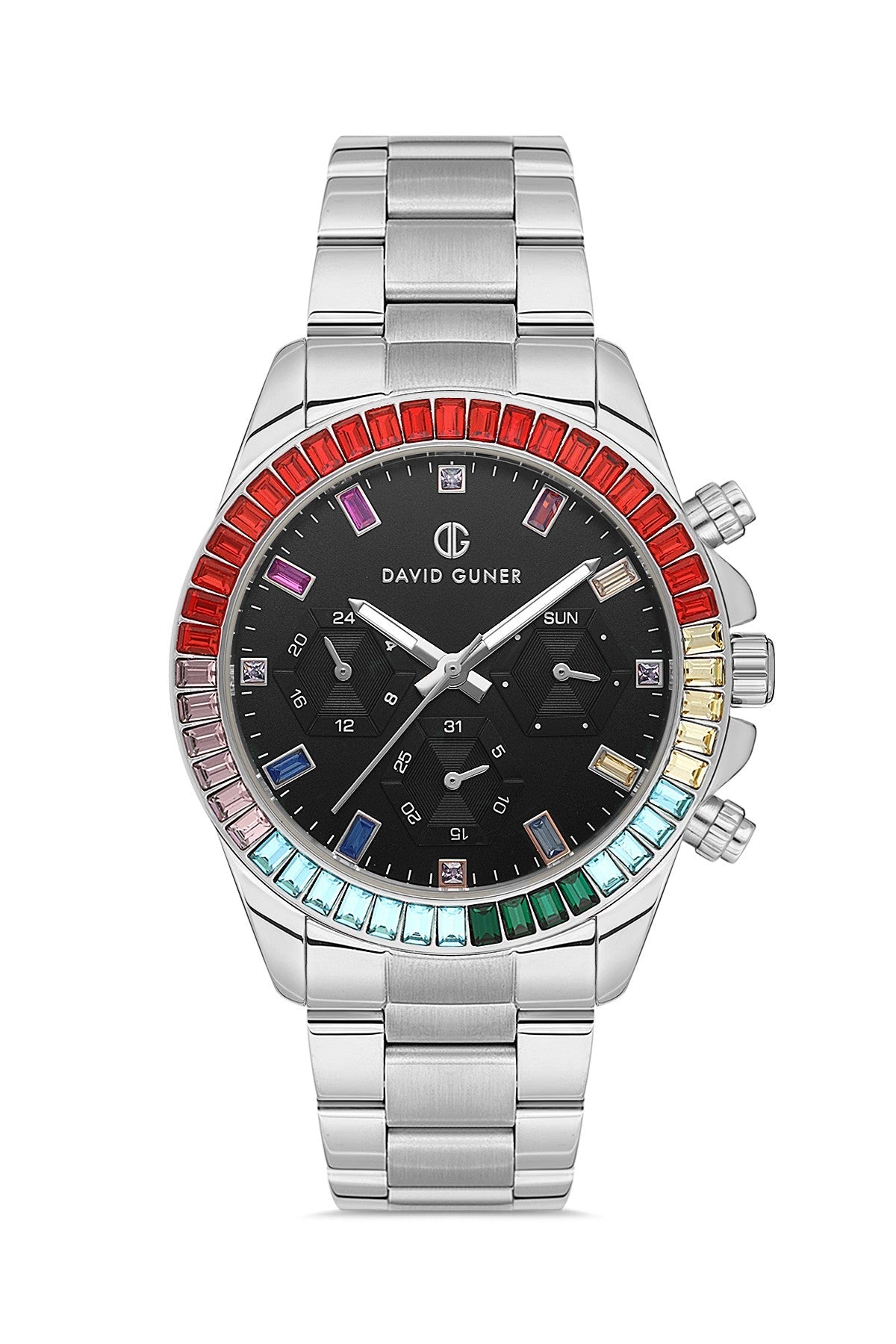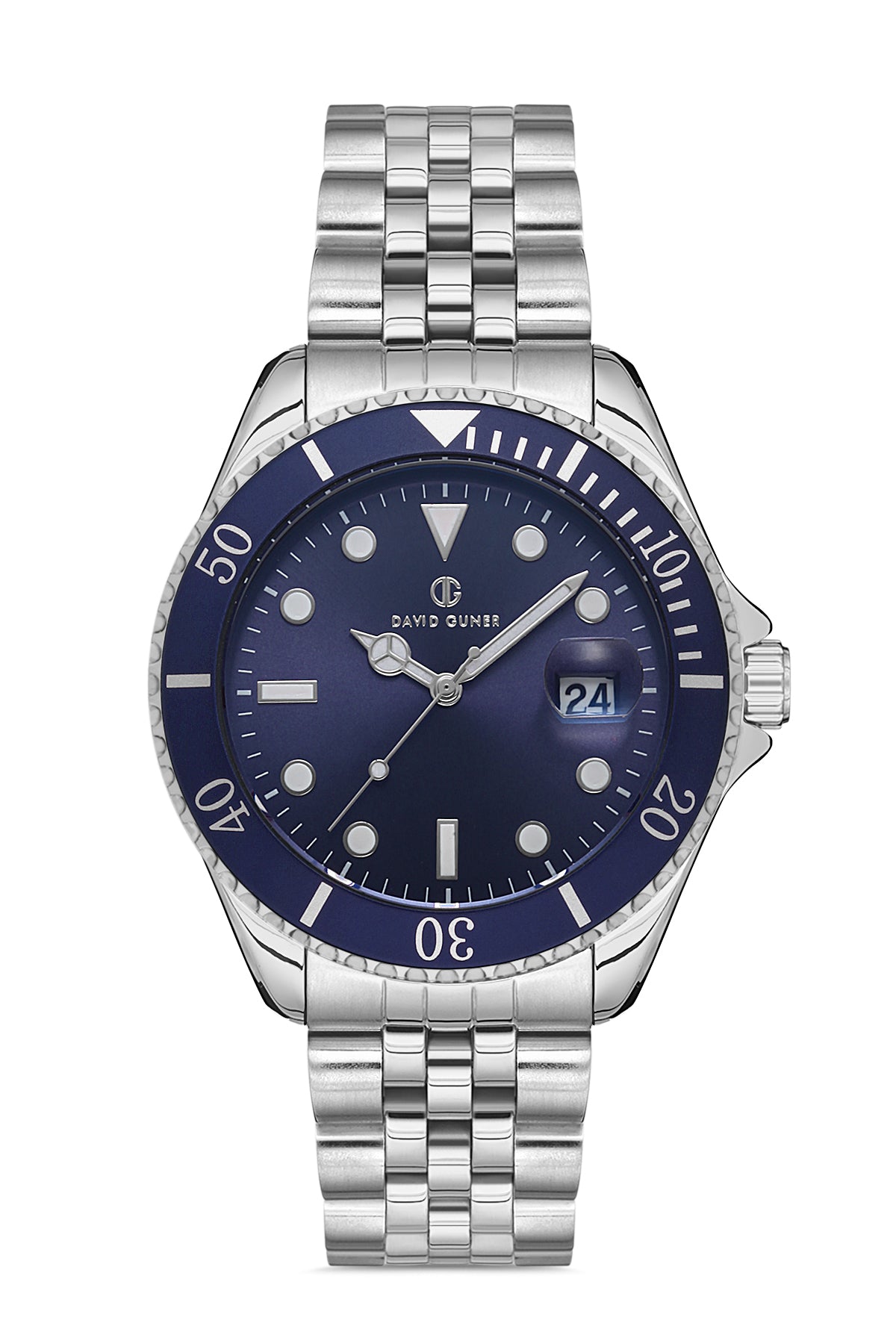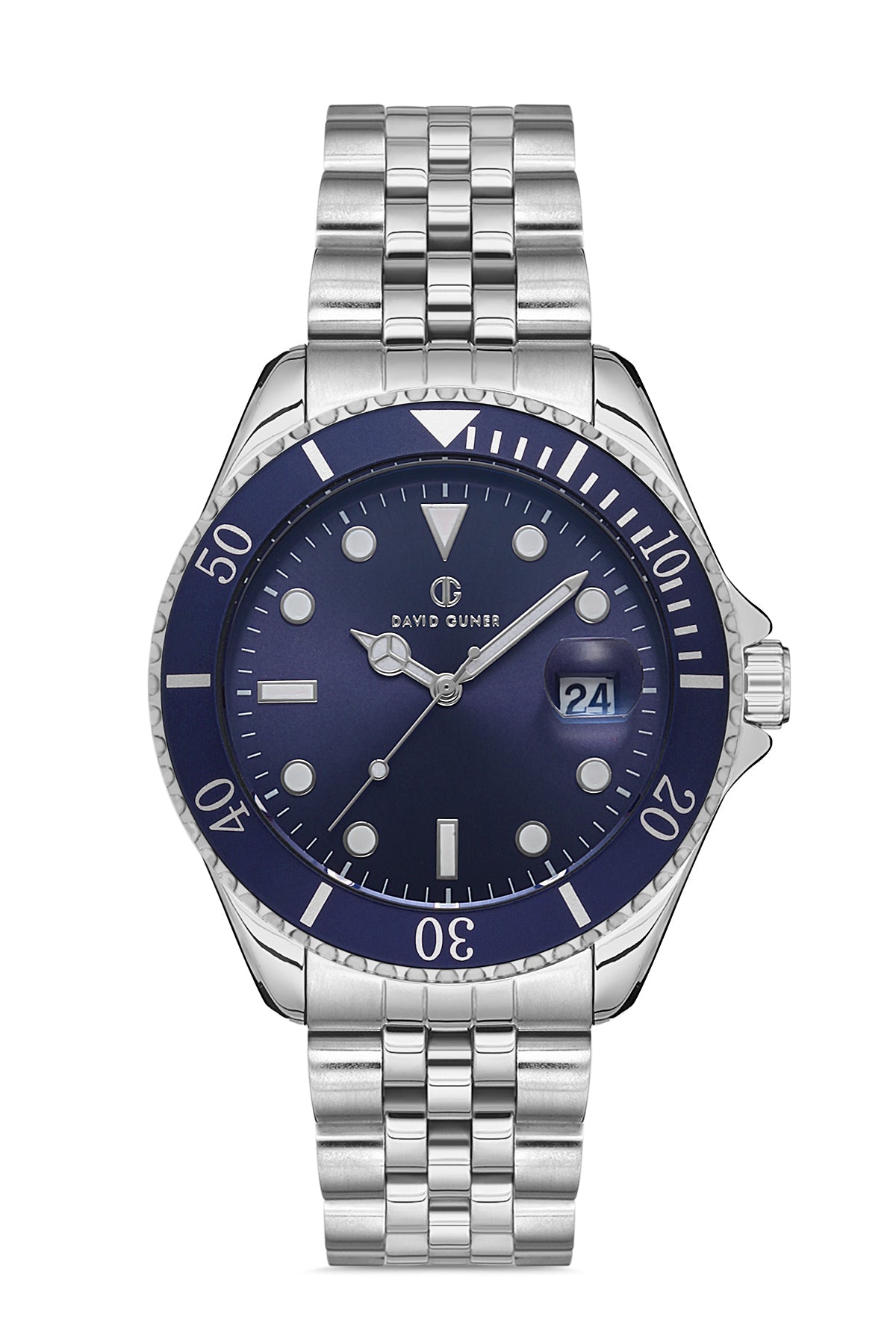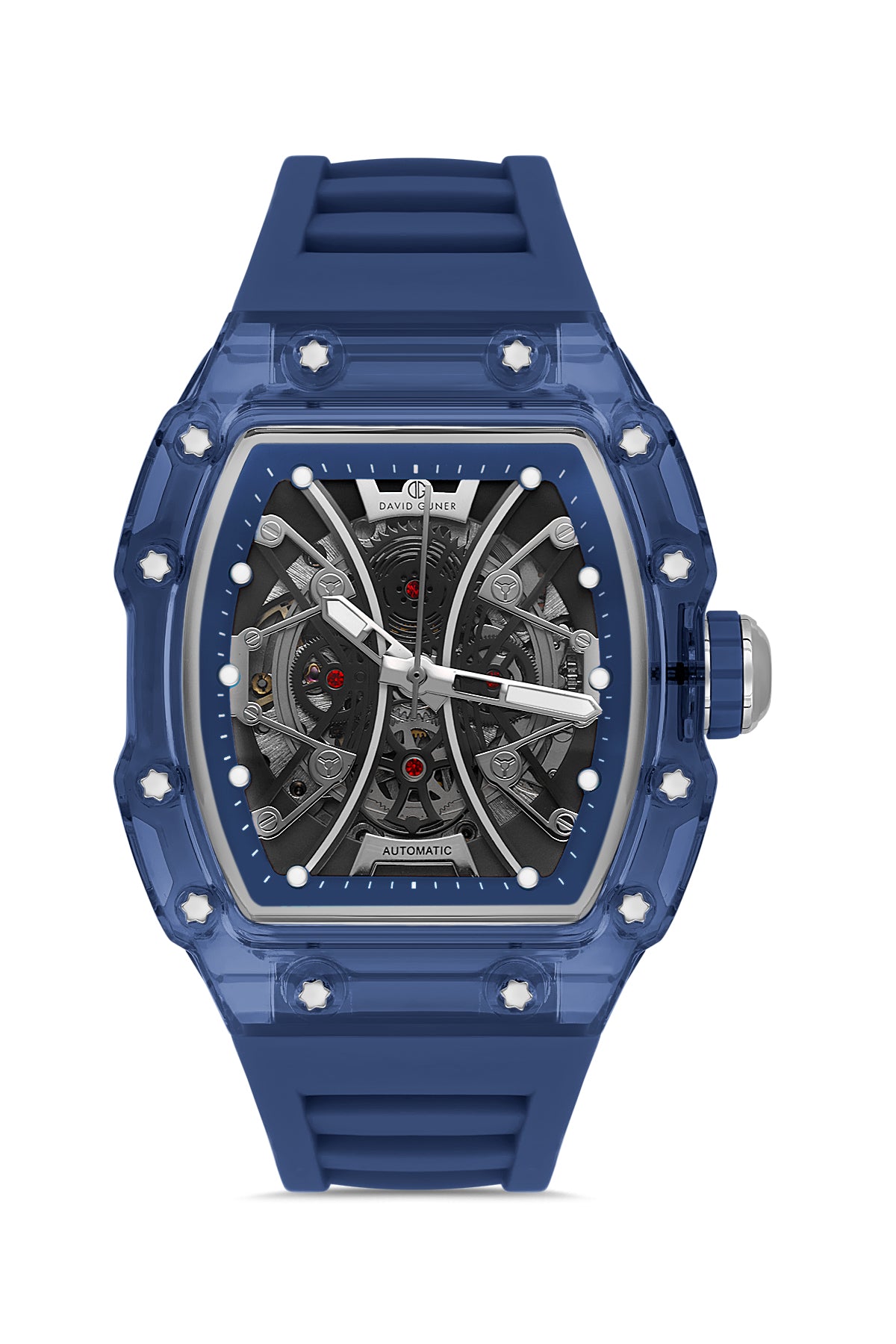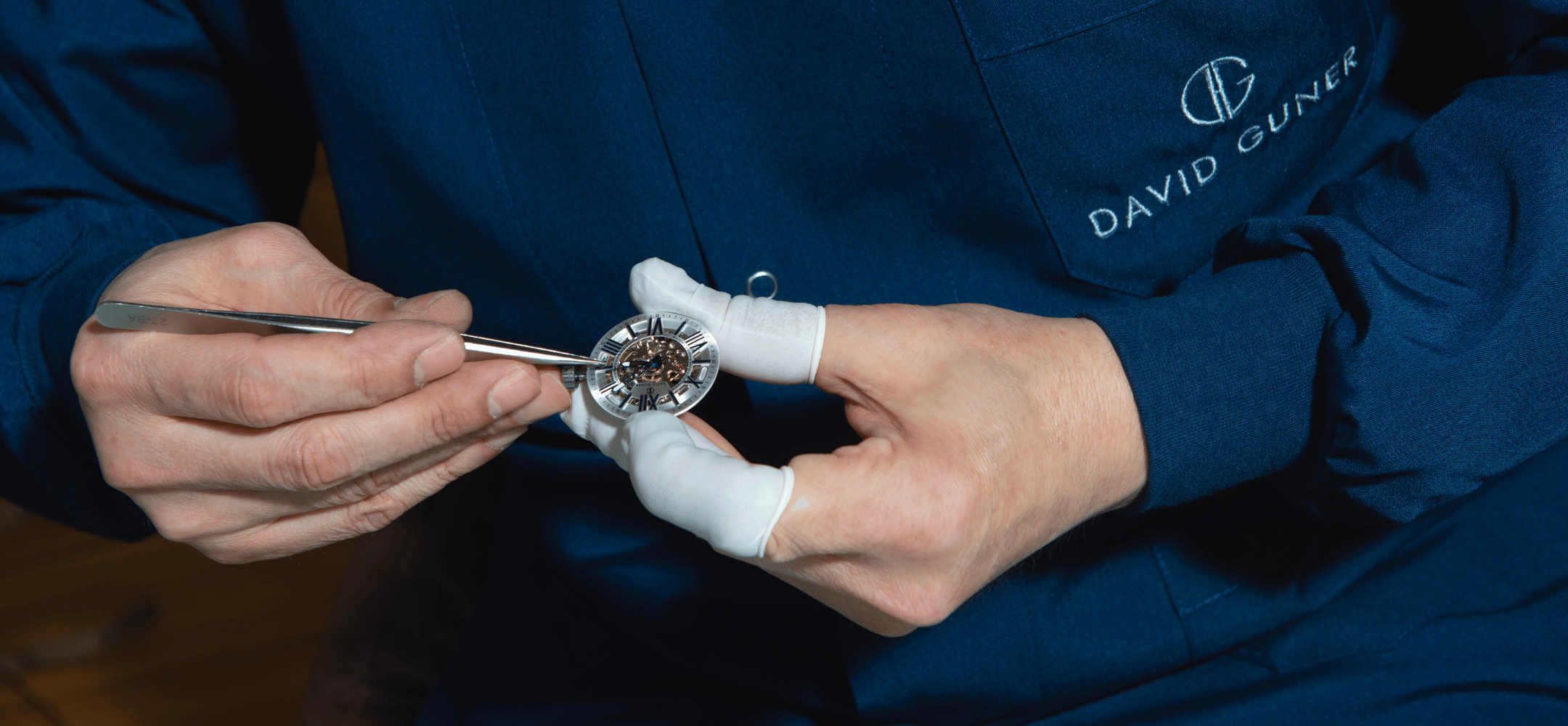The inventions that followed the sundial were the hourglass and the water clock. In this way, watchmaking has become a developing endeavor and a witness to the flow of life.
Making a watch is, by its very nature, a job that requires craftsmanship. Today, it has an important meaning, both measuring time and displaying an aesthetic stance. Making a watch as a mechanism does not end with just bringing the parts of the whole together. The working principle of the clock must also be determined and implemented thoroughly and expertly. For this reason, every brand has a philosophy on the question of how to make a working watch, and a development and production phase has developed according to this philosophy.
How to Make a Clock?
Watchmaking, as a craft, has a rich cultural and intellectual background. In our country, Ottoman Watchmaking has left a very rich collection and knowledge legacy to our cultural heritage, and the handmade watches of the period are known worldwide. Clocks made during the Ottoman period and the Early Republic period are exhibited in museums and attract the attention of watch enthusiast visitors from around the world.
Although the use of Watches dates back to more recent history, watchmaking is a craft that requires great attention, patience and experience. Regardless of the type of watch, the first step of the production process consists of three elements: hour, minute hands and numbers. These qualities also apply to producing Watches. The first answer to the question of how to make a Watch is a whole consisting of these three elements.
Pre-Production Clock Stages
When the design theme of the watch is decided, the theme of the hour, minute hands and numbers is also determined. The first stage of the design is drawn up in the form of a draft. The answer to the question of how to draw a clock is hidden in basic physics and design methods. The step of making a watch model is to determine and design the shape of the watch. Square, rectangular, oval, polygonal or round case watch design creates a specific watch model. Watch models diversify after the shape stage, as the dial and other design elements appear to complement each other.
The materials required for watch making are more or less clear at this stage. For aesthetic purposes, the color and shape elements to be used in the dial engraving, enamel coating or the materials of the numbers are added to the production item as a draft. In order to create technical details of the design and fine calculations, the watch sketch is digitally recreated. After detailed technical examination of the watch draft in the digital environment and the creation of the mechanism diagram and adding it to the design, the precise measurement process is started. This stage is the first sign of the formation of a Watch. In the revitalization phase, the philosophy of the brand, the design and theme that is intended to be presented to the users, the brand and usage identity, and all the qualities that can add value to the Watch are placed on the skeleton of the watch draft, thus repeating a simulation of a creation process.
Formation of the Clock
The answer to the question of how to make a watch is hidden at this stage. After the technical details of a Watch and the final stages of design are clarified, the watchmaking materials become clear, the production steps are listed step by step, and the necessary procedures are carried out for the mechanism and material details of the wheels that give life to the watch. The steel, metal or precious stone qualities of the wheel mechanisms used for watch models are determined and the production step begins. After the production of the mechanical gears and the dial elements are completed, the transition to the assembly stage of the parts is the stage where Watch making is fleshed out.
Assembling Mechanical Parts
The most detailed and demanding stage in Watch making is the assembly steps. These steps require experience, patience, attention and meticulousness. Whether mechanical parts are handmade or mass produced, working with precision parts requires great care. The mechanical gears and most of the micro mechanisms of the Watch are brought together based on precise measurements called microns. When the mechanism and parts are brought together, the watch is exposed to various conditions and its operating performance is observed.
Trial and Error Process in Watch Making
When the mechanisms of a Watch are combined, the operating performance of the watch and its mechanisms under different and challenging conditions is subjected to some tests. As a result of these tests, deviations and errors in the watch and mechanism are detected, the reasons for these anomalies are determined and the system is reconstructed. If no problems occur in the mechanism or the watch as a result of these tests, the necessary steps are taken to dress the watch. This is how the basic stages of making a working watch are carried out and the Watch moves towards the end. By the way, trial and error steps are applied with the same principles for handmade watch models.
For those interested in watch art, the answer to the question of how to make a handmade watch is hidden in the mechanism and aesthetic external elements. The rare watchmakers who are still alive today still practice this craft. Watches in which the external aesthetic elements and internal wheel mechanisms are hand-carved and mastered, and whose precise measurements are made by the master, are handmade watches.







